[bright string music] [birds chirping] – Narrator: Roberto Hernndez’s stomach growled.
It had been several days since his last meal, and he had to resist the temptation to eat.
He was an active guy, so this wasn’t easy.
But it was important– he was on a hunger strike.
In fact, a whole community of Latino activists were refusing to eat as a form of peaceful protest.
They wanted the University of Wisconsin-Milwaukee to work with the city’s Latinos to improve their educational opportunities.
The protestors had already tried other tactics: meetings, marches, candlelight vigils, even a peaceful sit-in at the chancellor’s office– the university’s top leader!
But nothing was working.
Roberto and his fellow activists knew they were fighting not just for Latinos in Milwaukee, but for a community united by language and cultures stretching from Wisconsin to Texas and beyond.
[bright music] To understand all this, we need to jump back to 1944.
Roberto Hernndez was born that year in Corpus Christi, Texas.
He was the youngest of five children.
Roberto’s family was originally from Mexico.
Many Mexican Americans and other Latinos worked in all areas of food production, from ranching to harvesting to canning and more.
To do this work, many of them traveled the country from spring through fall, following the seasonal crops.
Roberto had his own journey.
He wasn’t the best student when he was in middle school, and he was getting in trouble pretty often.
His mother decided he needed a fresh start.
She sent him to Milwaukee, Wisconsin to live with a brother and uncle who had settled there.
In his new city and new school, Roberto did much better.
He even became a star football player in high school!
After graduation, Roberto joined the Army to pay for college, and then went to UW-Milwaukee.
When he was still a college student, a Latino activist named Ernesto Chacon got in touch with Roberto.
Ernesto was working with the city’s Latino high school students to increase graduation rates so they could have better job opportunities.
Was Roberto interested in being a part of that?
Well, at first, he wasn’t so sure.
He was busy being a college student, right?
But a few weeks later, Roberto went to his first meeting for the Latin American Union for Civil Rights.
Young Latino activists were excited and passionate about making changes for la comunidad, the community, and Roberto was hooked!
He set to work helping out not just Latino students, but all members of la comunidad.
He had a talent for keeping his cool in tense situations, and for bringing different groups together.
There were already tens of thousands of Latinos living across Wisconsin, but many were struggling for a better life.
The big agricultural companies wanted to pay them as little as possible, while some factories wouldn’t even hire them.
They also faced housing discrimination and were often shut out of political participation.
To address these issues, Latino activists began building up their people– la raza — unifying a network that spanned the nation.
They supported strikes and boycotts to fight for better working conditions, started running for political offices, and marched with Black Americans for civil rights, knowing they faced similar problems.
Roberto also knew that more Latinos graduating from college would be an important step forward.
In the summer of 1970, he and fellow activists issued a list of 11 ways UW-Milwaukee could work in solidarity with the city’s Latino community.
This included things like admitting more Latino students and creating a Spanish Speaking Outreach Institute.
At first, the university agreed to some changes.
But as summer turned to fall, it was clear the university was resistant to real collaboration with the Latino community.
Did this mean that Roberto would have to admit defeat?
No!
They would stage a hunger strike in front of the chancellor’s building.
A big break came early one morning in late October, when a protester noticed that the building had been left open.
Dozens of them marched into the chancellor’s office to protest the university’s lack of action.
They drank coffee, sang folk songs, and restated their proposals.
Finally, the university agreed to more of their demands.
The hunger strike and protest were over!
Before the university could go back on their word, dozens of faculty, students, and staff signed a letter petitioning them to take real action.
Within a few short days, Roberto Hernndez and his peers announced the creation of a Spanish Speaking Outreach Institute.
It was the first of many steps in improving educational opportunities for the city’s Latino population.
Roberto Hernndez had a big heart, but the Latino activism in Milwaukee during the 1960s and ’70s was even bigger.
It wasn’t about just one person, one group, or even one state.
United by shared cultures and struggles, Latinos developed a network of support spanning from Texas to Wisconsin and beyond.
From agricultural work to civil rights activism, their labors helped nourish the entire country and strengthened their communities.
The progress they made is a reminder of just how powerful we all are when we take action together.
[singing in Spanish]
Search Episodes
Related Stories from PBS Wisconsin's Blog

Donate to sign up. Activate and sign in to Passport. It's that easy to help PBS Wisconsin serve your community through media that educates, inspires, and entertains.
Make your membership gift today
Only for new users: Activate Passport using your code or email address
Already a member?
Look up my account
Need some help? Go to FAQ or visit PBS Passport Help
Need help accessing PBS Wisconsin anywhere?

Online Access | Platform & Device Access | Cable or Satellite Access | Over-The-Air Access
Visit Access Guide
Need help accessing PBS Wisconsin anywhere?

Visit Our
Live TV Access Guide
Online AccessPlatform & Device Access
Cable or Satellite Access
Over-The-Air Access
Visit Access Guide
 Passport
Passport

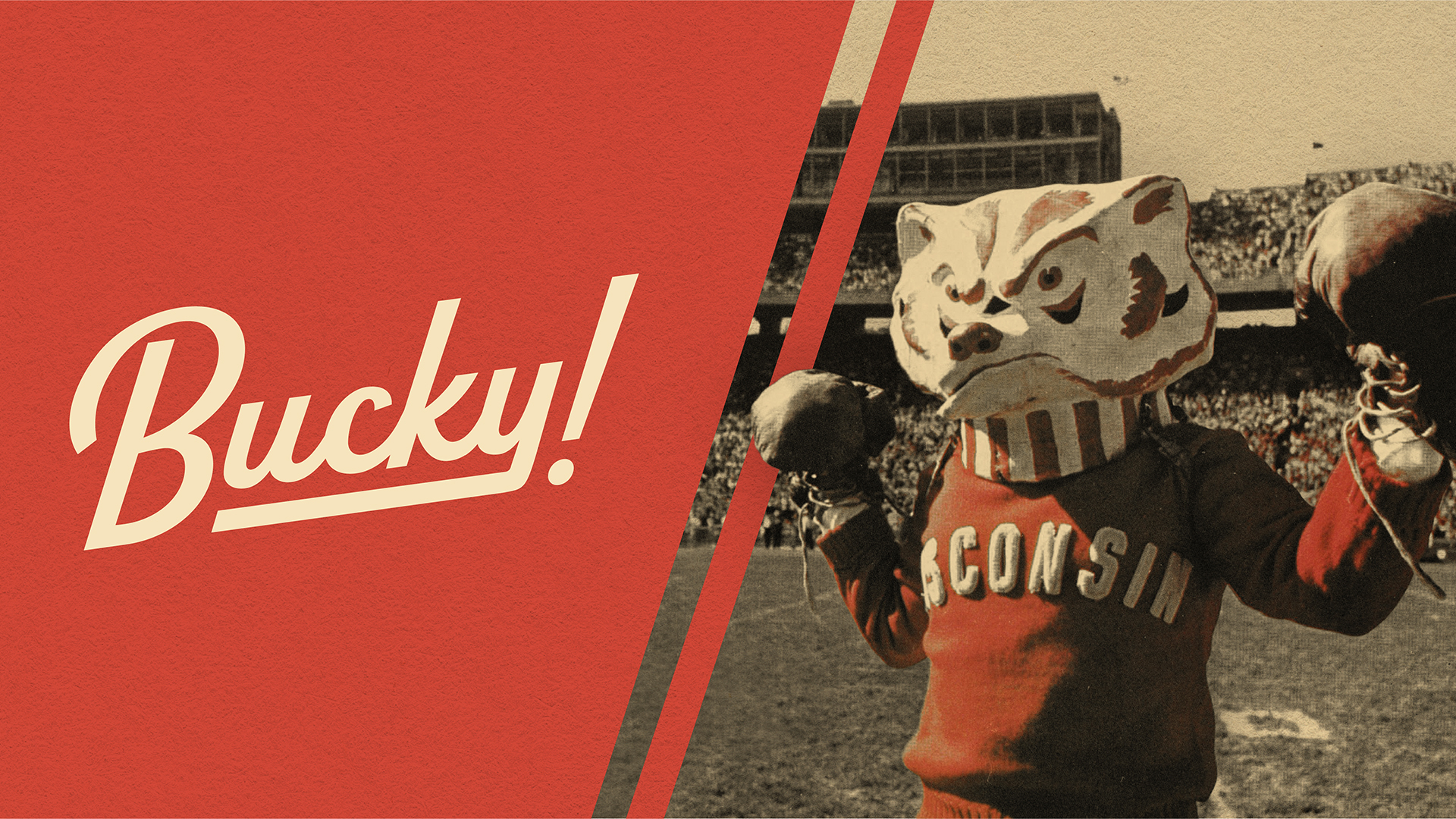
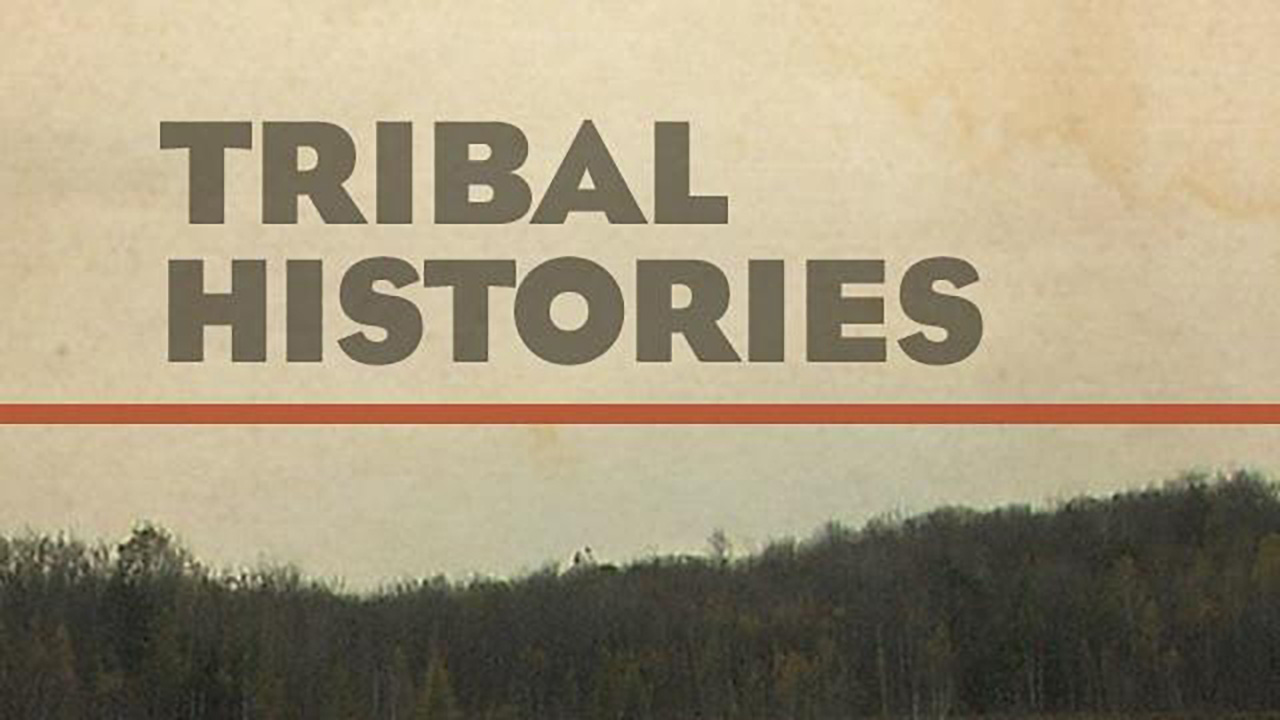
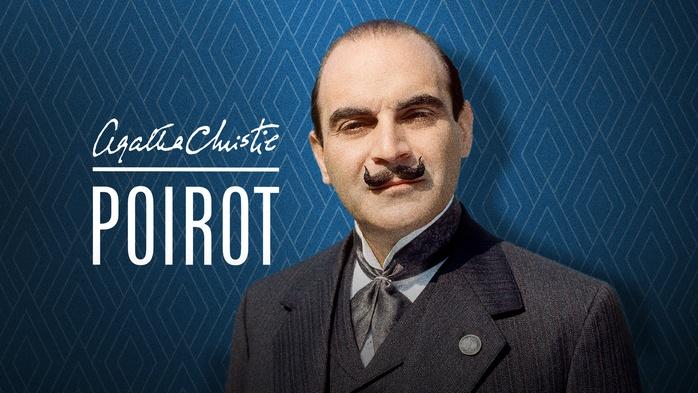

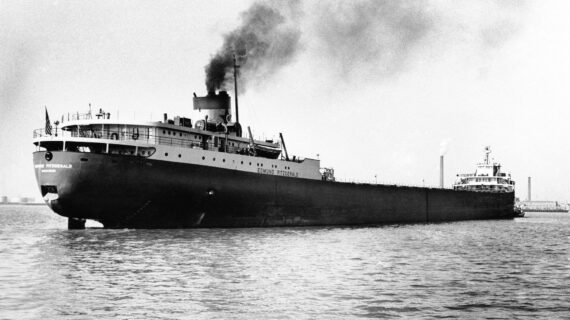

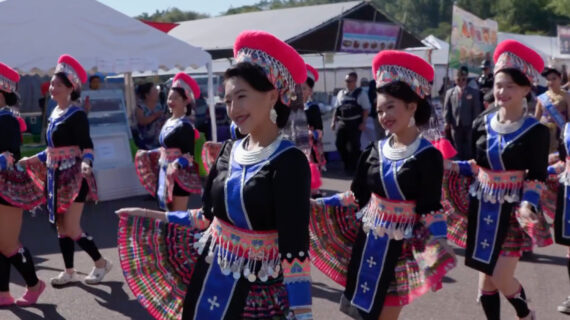
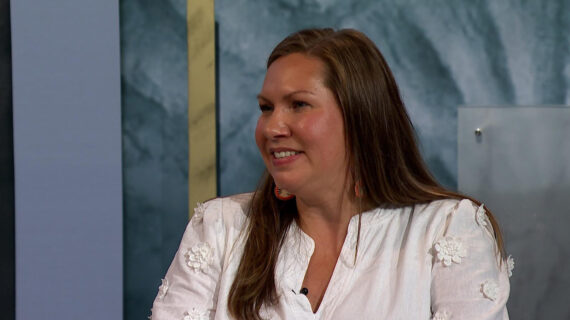
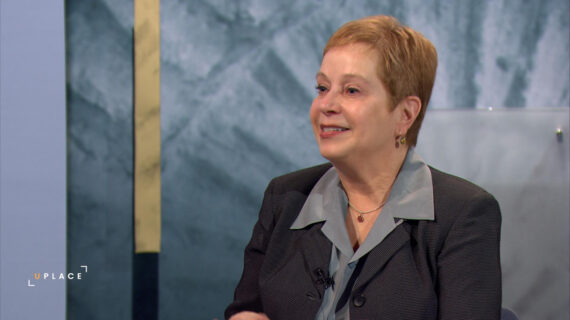
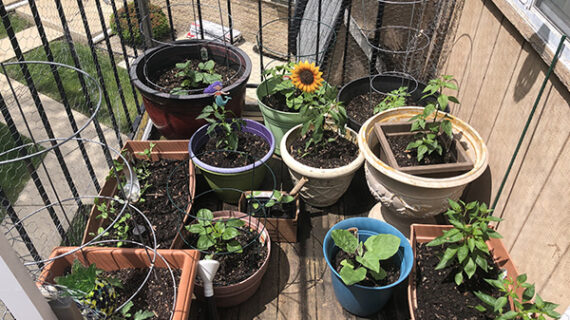
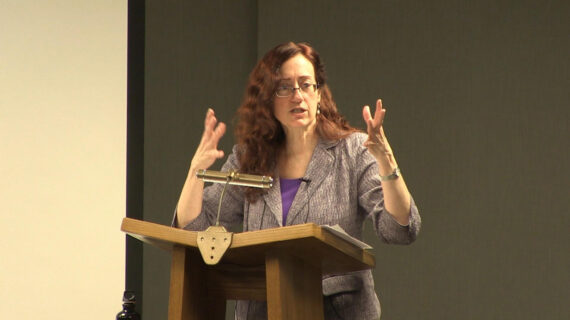
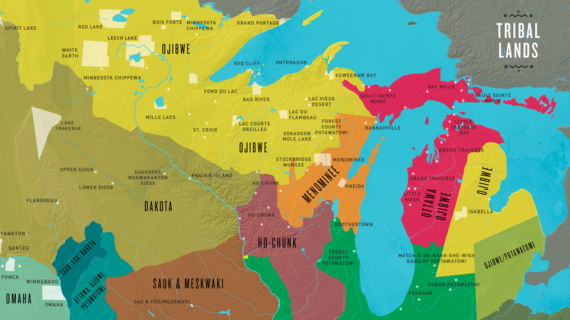
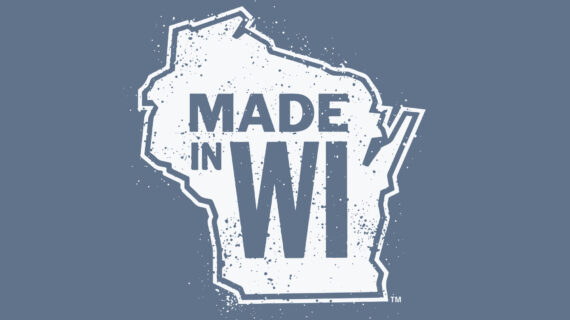
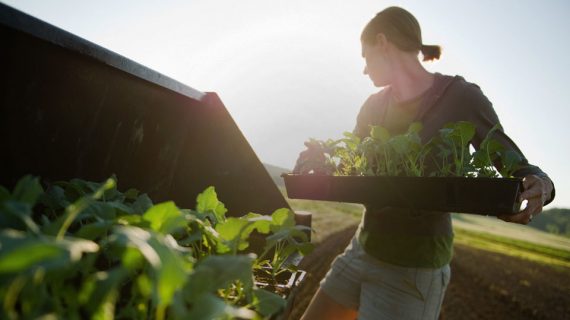
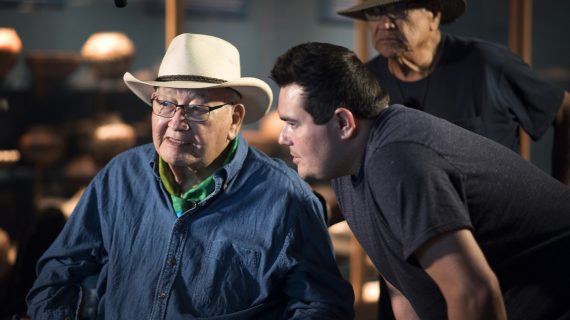


Follow Us